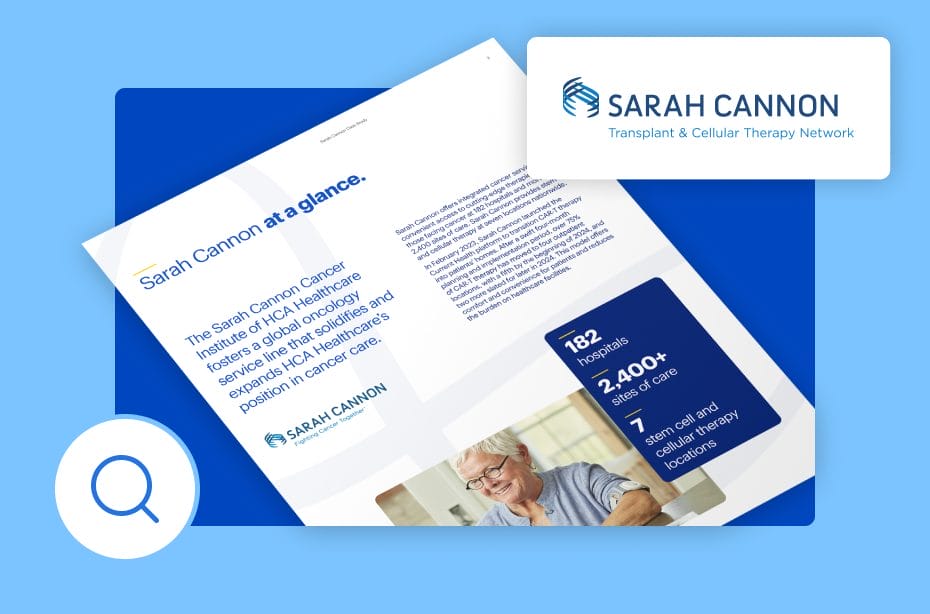Improving COVID-19 Recovery at Home with Remote Patient Monitoring
Brighton and Sussex University Hospitals NHS Foundation Trust’s Hospital at Home (H@H) service provides hospital-level care in patients’ homes for conditions that would otherwise require an inpatient stay. Patients receive specialist care in the comfort and familiarity of their own home which improves hospital capacity and reduces wait times.
As the pandemic began to unfold, the H@H service was extended to patients who had recently been discharged from hospital having received treatment for coronavirus. It was at this point that the team decided to implement remote patient monitoring to optimize the care they were providing in the community.
Patient Spotlight: COVID-19 Recovery at Home
The first patient referred to their service was an elderly female patient who was discharged from Royal Sussex County Hospital after a 12-week battle with coronavirus, which included being put on a ventilator.
Back at home, the patient received oxygen therapy to help improve her low blood oxygen levels and was visited daily by the H@H team to support her recovery. The patient also wore Current Health’s wearable sensor on her upper arm throughout the day and night, which captured her continuous vital signs and shared them with the H@H team.
In order to support more patients referred to the H@H service, daily visits to the patient’s home were incrementally replaced with video visits via Current Health’s integrated video technology. This saved the H@H team the time travelling to the patient’s home while still providing regular engagement with their patient and her family.
In between these video visits, the H@H team reviewed the patient’s physiological data collected by the wearable sensor within Current Health’s clinical dashboard. In comparison to spot check measurements taken by a nurse in the patient’s home, the team now had access to a continuous stream of vital sign data which they were able to view remotely. Through analysis of vital sign trends and completion of remote assessments, the team were able to make earlier and more informed decisions about the patient’s treatment.
The Result: Accelerated Therapy and Improved Quality of Life
When clinical improvements in the patient’s health were observed, oxygen therapy was gradually reduced over a period of time until the patient was fully weaned off entirely. Understandably, the patient was initially apprehensive about reducing therapy, but she felt reassured that the continual vital sign capture through Current Health enabled her care team to monitor her progress closely and intervene if necessary.
“The availability of continuous data from the device facilitated the wean off oxygen much sooner and has definitely improved the quality of care we can provide”
Marcello Rossi, Lead Nurse, Brighton and Sussex University Hospitals NHS Foundation Trust’s Hospital at Home Service
By completing therapy earlier, the patient was able to be more mobile and independent sooner, improving her and her family’s quality of life. Based on this success, the H@H team now plans to integrate remote patient monitoring to support further clinical use cases.
If we can help you monitor patients recovering from acute care at home – get in touch.


